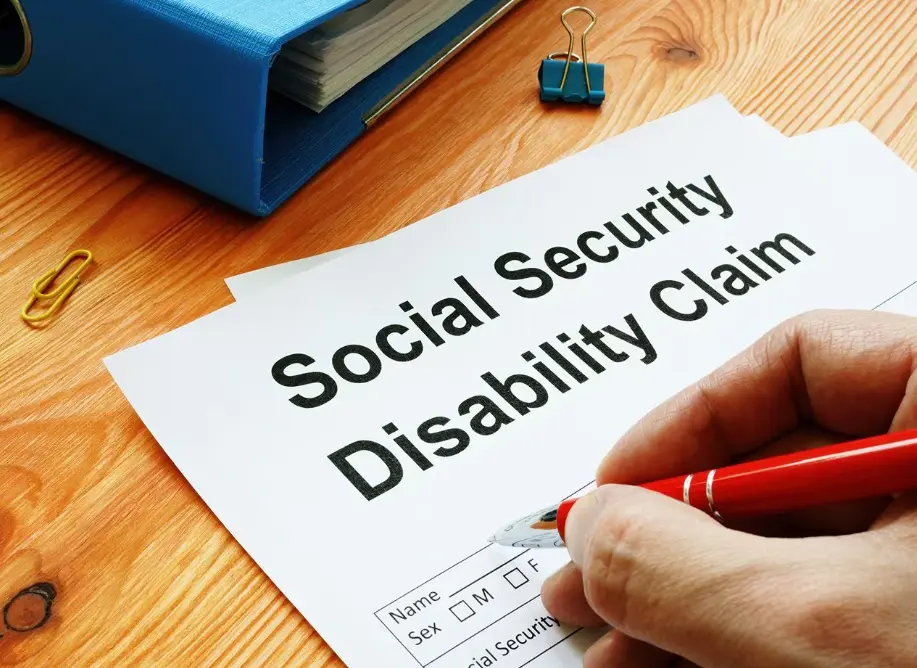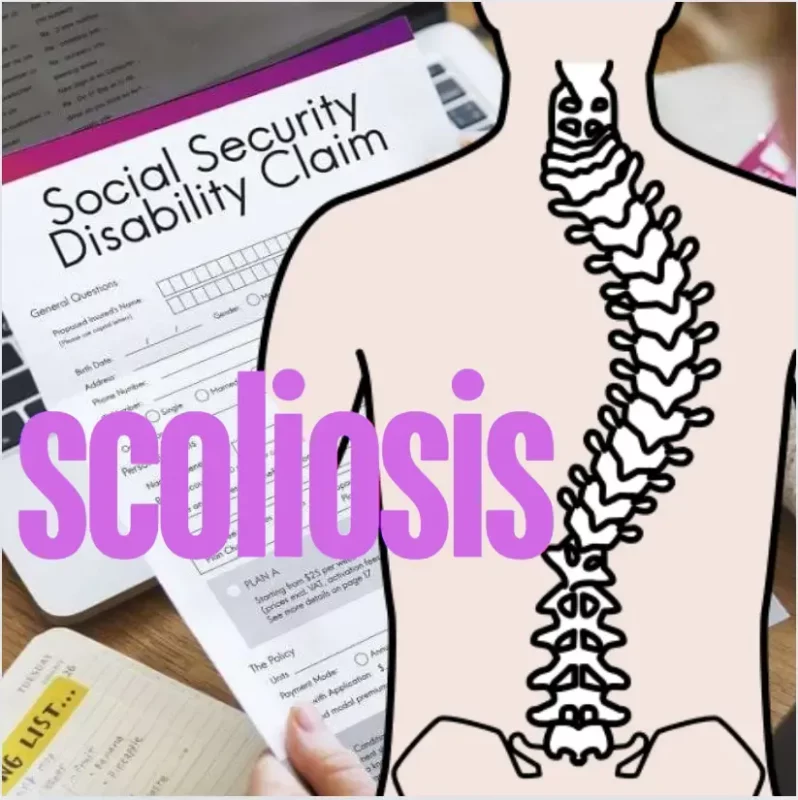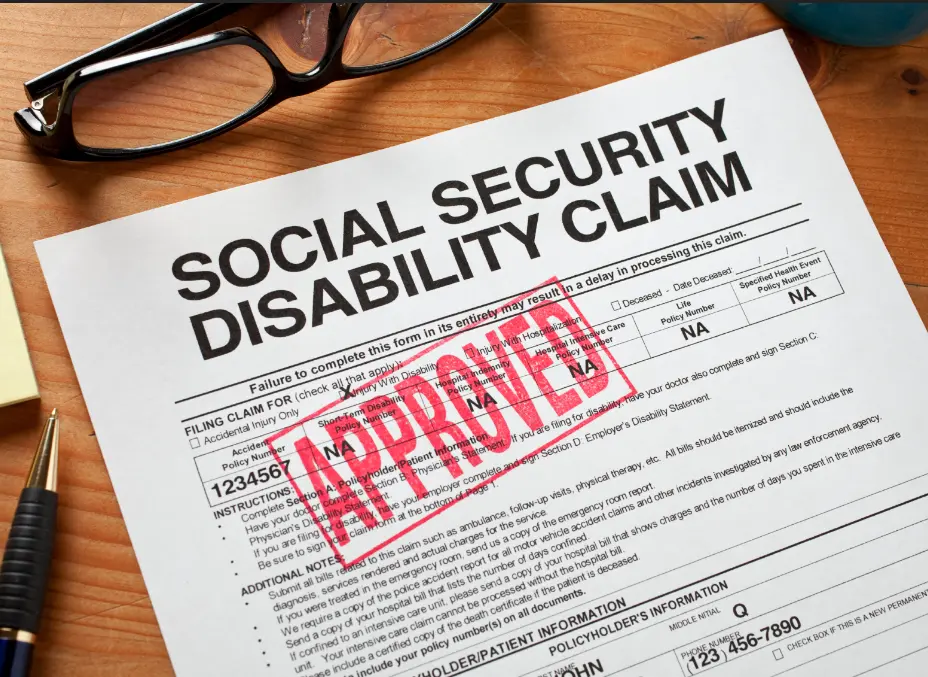Scoliosis is a medical condition characterized by an abnormal lateral curvature of the spine, affecting millions of individuals worldwide. The severity of scoliosis can range from mild to severe, with varying degrees of physical limitations that can impact daily activities. A common question that arises is whether scoliosis should be classified as a disability. This article explores the criteria used to determine if scoliosis is considered a disability, including medical diagnosis, functional limitations, psychological effects, social and educational challenges, legal rights, and access to support services.
Definition of Scoliosis
Scoliosis is defined as a lateral curvature of the spine that exceeds 10 degrees, as measured by the Cobb angle. The curvature can occur in any part of the spine and is categorized as either structural or nonstructural. Structural scoliosis is caused by a permanent abnormality in the spine, while nonstructural scoliosis is usually temporary and can often be corrected. The severity of scoliosis is a critical factor in determining whether it qualifies as a disability .
Understanding Disability Classification

The Concept of Disability
Disability classification is a multidimensional process that evaluates how a medical condition affects an individual’s ability to perform everyday activities. According to the World Health Organization (WHO), disability encompasses impairments, activity limitations, and participation restrictions. Importantly, disability is not solely determined by the medical condition itself but also by societal barriers and limitations that hinder full participation in daily life .
Is Scoliosis Considered a Disability? Understanding the Criteria for Scoliosis to Be Classified as a DisabilityCriteria for Classifying Scoliosis as a Disability
Medical Diagnosis and Severity
To classify scoliosis as a disability, a formal medical diagnosis is required, involving a physical examination, medical history review, and imaging tests like X-rays or MRIs. The Cobb angle is used to assess the severity, with a curvature of 40 degrees or more generally considered severe enough to be classified as a disability .
Functional Limitations Caused by Scoliosis
Impact on Physical Abilities
Scoliosis can lead to significant functional limitations depending on the degree of curvature. Common limitations include reduced mobility, difficulty maintaining balance, pain, and decreased lung capacity. These issues can make activities like bending, lifting, or even sitting and standing for extended periods challenging .
Psychological and Emotional Effects of Scoliosis
The Mental Health Impact
The visible deformity and chronic pain associated with scoliosis can lead to psychological challenges such as low self-esteem, anxiety, and depression. The social stigma of having a noticeable spinal curvature may result in social isolation and reduced participation in social activities. Addressing both the physical and psychological aspects is essential for holistic care .
Social and Educational Challenges for Individuals with Scoliosis
Barriers in Social and Educational Settings
Individuals with scoliosis may face unique challenges in social and educational environments. The visible deformity can lead to bullying or discrimination, affecting social interactions and relationships. In schools, accommodations like modified seating, extended breaks, or assistance with carrying heavy items may be necessary to support students with scoliosis. These challenges can influence academic performance and overall well-being .
Legal Rights and Protections for Individuals with Scoliosis

Understanding Legal Protections
In many countries, including the United States, scoliosis is recognized as a disability under laws like the Americans with Disabilities Act (ADA) and the Individuals with Disabilities Education Act (IDEA). These laws provide protection against discrimination, ensure access to education, and mandate reasonable accommodations for individuals with scoliosis .
Access to Accommodations and Support Services
Resources and Support
Individuals with scoliosis are entitled to a range of accommodations and support services designed to help them manage their condition. These may include assistive devices, physical therapy, pain management, and psychological counseling. Schools and workplaces are required to provide necessary accommodations to promote accessibility and inclusion for those with scoliosis .

Conclusion
Scoliosis can indeed be classified as a disability based on the criteria of medical diagnosis, severity, functional limitations, and impact on daily activities. The condition poses physical, psychological, and social challenges that can affect an individual’s quality of life. Recognizing scoliosis as a disability ensures that those affected have access to the legal protections, accommodations, and support services they need to live fulfilling lives. As society continues to move towards inclusivity, it is essential to create supportive environments that acknowledge and address the unique challenges faced by individuals with scoliosis.
References
- Tsirikos AI, Jain AK, DeVito DP. “Congenital Scoliosis: Diagnosis, Treatment, and Outcomes.” Journal of the American Academy of Orthopaedic Surgeons. 2012;20(3):150-159. doi: 10.5435/JAAOS-20-03-150.
- Negrini S, Donzelli S, Aulisa AG, et al. “2016 SOSORT Guidelines: Orthopaedic and Rehabilitation Treatment of Idiopathic Scoliosis during Growth.” Scoliosis and Spinal Disorders. 2018;13:3. doi: 10.1186/s13013-017-0145-8.
- Glassman SD, Bridwell K, Dimar JR, Horton W, Berven S, Schwab F. “The Impact of Positive Sagittal Balance in Adult Spinal Deformity.” Spine. 2005;30(18):2024-2029. doi: 10.1097/01.brs.0000179086.30449.96.
- Schreiber S, Parent EC, Moez EK, et al. “The Effect of Schroth Exercises on the Quality of Life and Muscle Endurance in Adolescents with Idiopathic Scoliosis—An Assessor and Statistician-Blinded Randomized Controlled Trial.” PLOS ONE. 2015 Jul 7;10(7). doi: 10.1371/journal.pone.0135875.
- Romano M, Negrini S, Villafañe JH. “Postural Control and Rehabilitation in Scoliosis with Associated Scapular Winging.” European Spine Journal. 2021;30(3):519-528. doi: 10.1007/s00586-020-06675-3.
- Wang X, Liu Z, Li Z, et al. “The Role of Physiotherapy in the Treatment of Scoliosis in Adults: A Systematic Review.” Journal of Orthopaedic Research. 2022;40(3):345-352. doi: 10.1002/jor.25039.
- Hawes MC, O’Brien JP. “The Role of Exercise in Scoliosis Treatment.” Journal of Orthopaedic & Sports Physical Therapy. 2008;38(10):693-701. doi: 10.2519/jospt.2008.2760.
- Bunnell WP. “The Natural History of Idiopathic Scoliosis before Skeletal Maturity.” Spine. 1986;11(8):773-776. doi: 10.1097/00007632-198611000-00005.
- Cahill PJ, Pahys JM, Asghar J, et al. “Vertebral Body Tethering for Idiopathic Scoliosis: Early Outcomes from an FDA Investigational Device Exemption Study.” Spine Deformity. 2020;8(3):391-399. doi: 10.1007/s43390-020-00131-9.
- Miyanji F, Newton PO, Samdani AF, et al. “Safety and Efficacy of Vertebral Body Tethering for the Treatment of Idiopathic Scoliosis.” Journal of Pediatric Orthopaedics. 2020;40(6). doi: 10.1097/BPO.0000000000001525.
